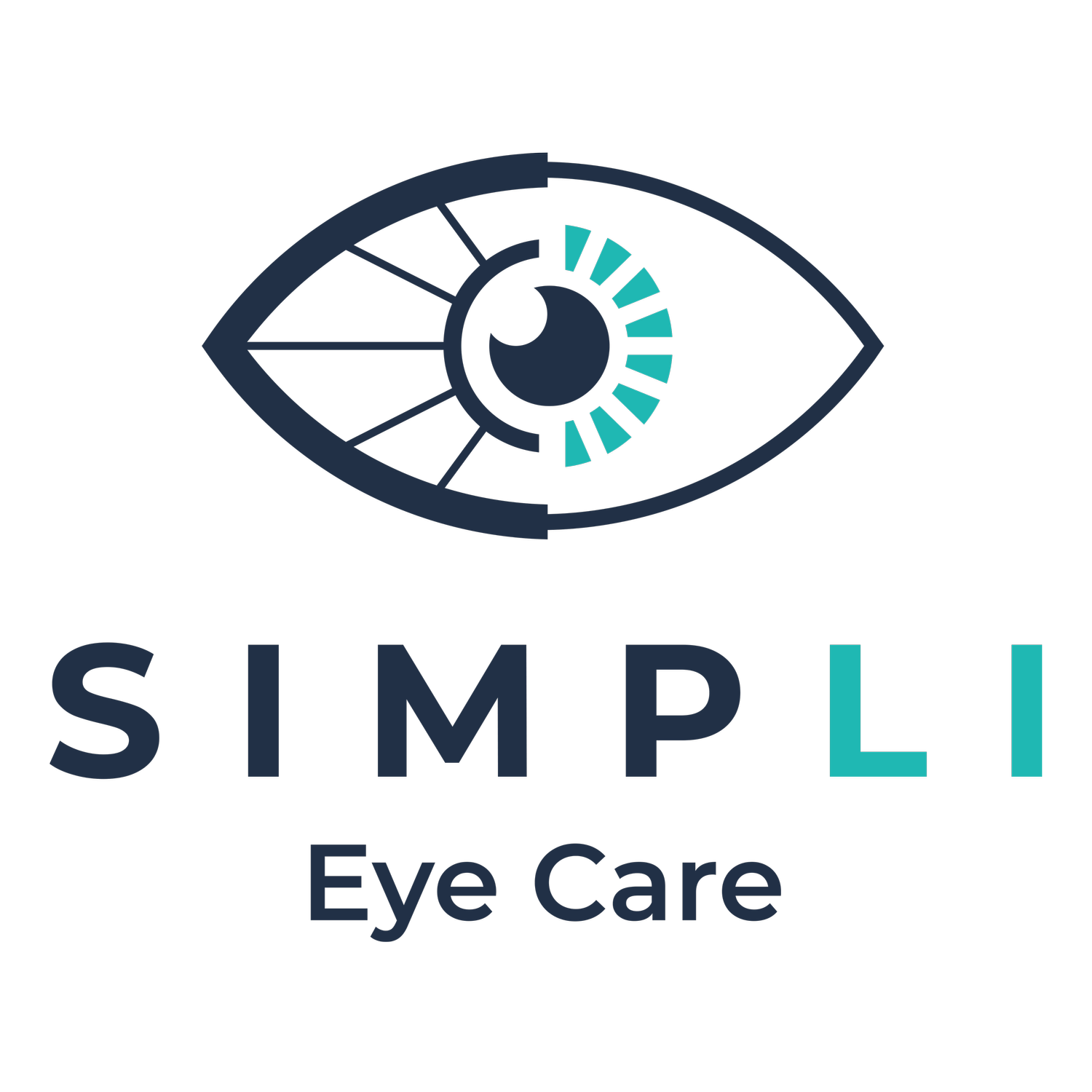How to Read Your Prescription?
There’s so many numbers, but what do they mean? Let’s look at your prescription one number at a time!
When you look at your eyeglasses prescription, you will first see the numbers listed under the heading of OD and OS. These are Latin abbreviations, with OD (oculus dextrus) stands for the right eye, and OS (oculus sinister) stands for the left eye. The numbers are usually labeled in plus or minus sign. A plus (+) sign in front of the numbers indicate you are farsighted, and a minus (-) sign indicate you are nearsighted. The numbers are described in the unit of Diopters and is often abbreviated "D”.
At Simpli Eye Care, we do not like to use the word ‘good’ or ‘bad’ to describe your vision, because this is all relative to the way you use your eyes. In general, the further your number is away from zero, the further from norm is your eye sight, meaning you will need a stronger prescription than that of nothing (zero).
Prescriptions are usually written in this format: Sphere (S) x Cylinder (C) x Axis (A). For people who have a simple spherical prescription, there will only be one number under sphere portion with plus or minus sign. For those who have astigmatism, there will be three numbers on your prescription like the above format.
The S refers to the “spherical” portion of the prescription which is the amount of nearsightedness or farsightedness discussed above. For example, if your prescription says -1.25D, you have one and 1/4 diopters of nearsightedness. If your prescription says -5.00D, you have 5 diopters of nearsightedness and will require thicker lenses compare to that of -1.25D.
The C refers to the "cylinder" or the “astigmatism power”. It can be a negative or a positive number. The bigger this number, the more astigmatism you have. It is often cause by the front surface of your eye, specifically the corneal layer, being shaped like a football. Keep in mind optometrists tend to write their prescription in minus cylinder format, whereas ophthalmologists to write theirs in plus cylinder format; therefore your prescription can be written in different ways with different numbers (they can be interchangeable, but for the purpose of this article, we will not go into the mathematical details). For example, -2.00 +1.00 x 180 is the same prescription as -1.00 -1.00 x 090; with the first prescription being in plus cylinder format, and the latter being in minus cylinder format.
The A refers to the “axis” location of your astigmatism power, anywhere between 0 and 180 degrees. This is because it is not enough to only specify how much astigmatism there is, it is also important to know where the differences in curvature is taking place.
To wrap things up, a prescription of -1.00 -1.00 x 090 means one has 1.00 diopter of nearsightedness, 1.00 diopter of astigmatism, and an axis of 90 degrees.
It is always beneficial to bring your previous prescriptions to your eye appointment, and ask your doctors questions during the exam!

